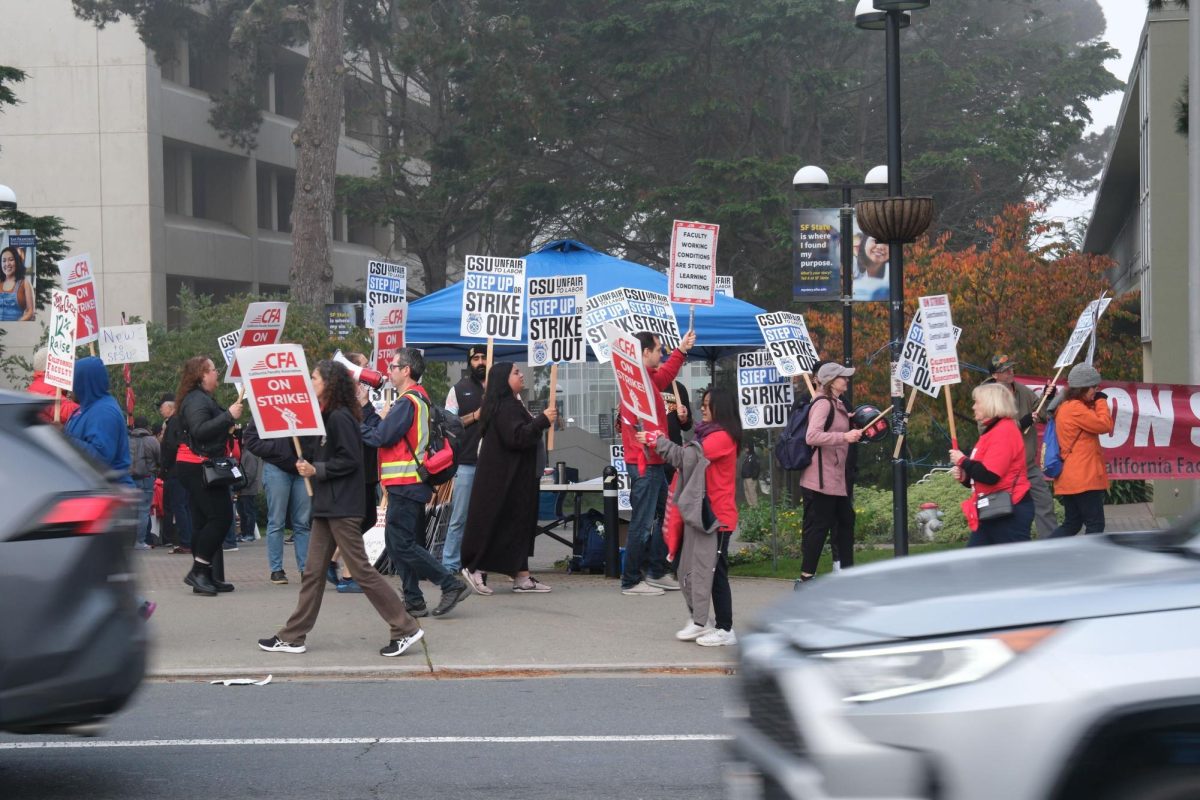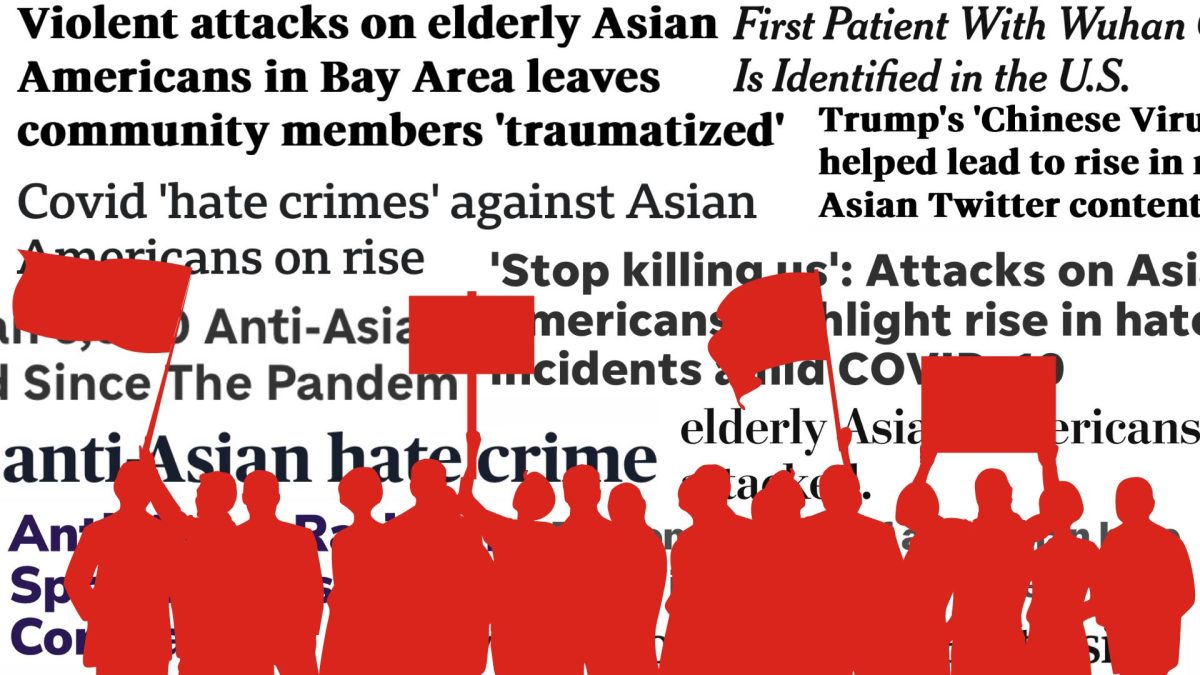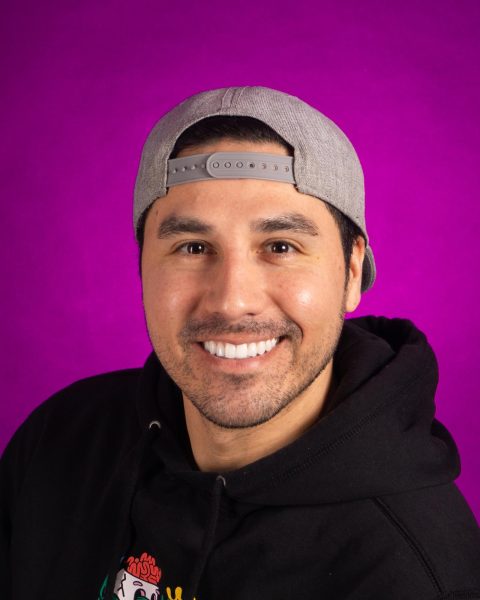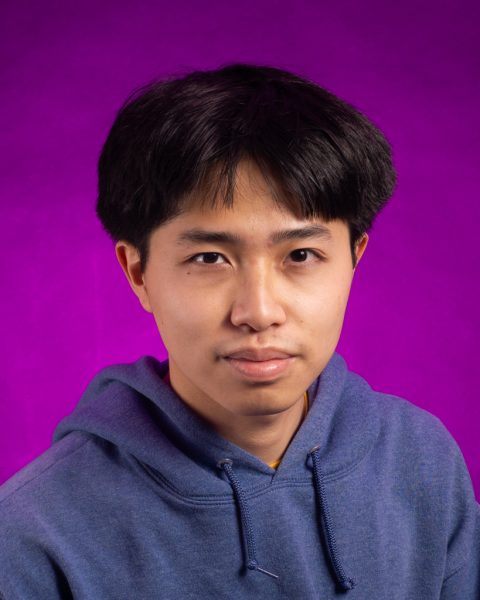California State Universities have noticed steadily declining enrollment rates and are implementing measures to address the phenomenon.
It takes time, effort, and money to obtain a college degree. In California, one of the most expensive states in the country, most rely on student loans and a part-time job to afford the rising tuition, rent, and other living expenses.
“Enrollment is very low and it’s affecting the entire country,” said Mark Allen Davis, an associate professor of Africana Studies at San Francisco State University.
Davis fears that existing students close to graduating will need to extend their time at SFSU to get the necessary courses because so many classes are being decimated due to budget cuts.
“We’re all stuck in this debt-ridden system, where student loan debt is so high and it’s hard to see past investing in a home or other life factors,” Davis said.
Former SFSU student worker Francesca Felder worked closely with students and heard firsthand about their struggles. Felder also empathized with the fact that online courses students were taking were best accommodated to their responsibilities outside the school without having to be on campus.
“Some students might rely on their job to afford to go to school, and if they can’t afford to pay for life necessities or a proper education, then work is most likely going to outweigh their classes, unfortunately,” Felder said. “I would talk to some of the students in the classes I was teaching and many of them had to live at home rather than pay a ton of money for low-quality campus housing to add to their school debt.”
SFSU junior Perla Gomez Olguin always prioritized taking STEM classes when building her class schedule each semester as a biology major. Hybrid science, technology, engineering and mathematics classes were widely available for Gomez Olguin when she first enrolled at SFSU in 2021. As a student who balances a part-time job while attending school full-time, Gomez Olguin relied on the hybrid class model.
“There was a lot more availability in classes when the hybrid model was used at SFSU,” Gomez Olguin said. “Instead of working with an advisor, I used the degree roadmap SFSU provides students to help me build a class schedule that best fits my calendar.”
Gomez Olguin found it increasingly difficult to find classes in preparation for the Spring 2024 semester, resulting in classes that would require her to choose one or the other.
“I found that I had limited classes to choose from that aligned with my work schedule,” Gomez Olguin said. “For one of my major required classes, there was only one [in-person] class to choose from.”
Due to the single class option, Gomez Olguin is subjected to sitting in the back of the packed classroom. Students who usually sit in the back are often unheard or overlooked, which can affect their learning experiences. A 2020 study conducted by the U.S. Department of Education found that the layout of a classroom is vital to how students learn, participate and perform in a crowded classroom.
SFSU President Lynn Mahoney weighed in with her perspective on this critical issue affecting higher education institutions across the country.
“We are competing with the job market in California. There are many jobs that will offer up to $25 [per hour] right out of high school,” Mahoney said. “Though it may be a great way to make a great living immediately, it might not be the best option in the long run.”
Mahoney’s team continues to focus on students’ feedback while simultaneously making decisions based on how classes are presented online versus in person.
“Our recruitment process is very different than it was a few years ago,” Mahoney said. “Our admissions processes have improved, we are sending admissions outreach sooner and being more proactive to the needs of students when it comes to academic retention at S.F. State.”
Mahoney mentioned that incoming students —whether first-years or transfers — will have peer mentoring offered to them. As one of the most important areas identified, Mahoney focuses on student retention and overall success via peer mentoring at SFSU.
“I believe that peer mentoring for S.F. State students will not only help cement them to a peer group that lasts beyond their first year at S.F. State, but guides them towards a successful term as a San Francisco student,” she said.
Much of the current sentiment around higher education concerns whether it is worth the effort. Students nationwide are questioning the value of an education and the investment that goes into it.
The SFSU enrollment team focuses on messaging dedicated to the value of an education and the opportunities to secure potentially better-paying employment.
“The largest contributing factor comes from demographics. There are fewer students at college-going age in California; especially poignant in the Bay Area,” said Katie Lynch, senior associate vice president for enrollment management at SFSU.
Lynch mentioned that the San Francisco Unified School District is set to close several school locations due to a steady decline in student enrollment over the past several years.
“About 60% of the state’s population lives in Southern California, and we [CSUs] are all fighting for the same students — and there’s just not enough of them,” Lynch said.
Lynch explained that legislative changes within the CSU system have also put maximum limits on the number of international and out-of-state students CSUs can admit. In recent years, the focus has been shifted to admitting more California-based students to CSUs.
“The pandemic affected students in many ways,” Lynch said. “It changed students’ expectations, their behavior, how many and which courses to take. Also, responsibilities at home shifted. Some students had families dependent on them for care due to illness brought on by the COVID-19 pandemic.”
Lynch explained that when students graduate college, they expect a job when they’re done. The global pandemic shifted industry business models from where they’re geographically located, which industries are thriving and what people expect from a work and life balance.
“We’re trying to make those personal connections with future students that we could make pre-pandemic,” Lynch said. “My team would visit community colleges and high schools during the global pandemic, and we met with only a few students because the majority of classes the college provided were mostly offered online.”
This stark discovery has enabled Lynch’s team to adapt and shift their approach when meeting first-time college students. SFSU’s marketing efforts and communication resources had to be redirected by adapting to a new digital space. These initiatives included meeting students through Zoom sessions and making CSU resources easily available to students through SFSU online platforms.
Data collected from a survey that was sent to SFSU students in 2023 allowed department chairs to create course schedules based on the 11,000 students who participated in the survey.
To retain and attract new students several initiatives were updated, including a complete revamp of the SFSU tour and visit program, hiring a new recruitment team, and stationing a recruitment specialist in Southern California to market to students in the lower region of the state.
“One of the major university recruitment programs is the Explore SF State event on campus, which includes tours and workshops for potential new students,” Lynch said. “This event is super impactful and 66% of students who attend the event end up enrolling with S.F. State.”
SFSU undergraduate advising center office coordinator Kenny Consedine explained how the global pandemic changed the way students were navigating higher education.
“I’ve talked to a lot of advisors about enrollment numbers that have been in a steady decline well before 2020 – though the pandemic did highlight a great sense of being able to do school at a pace that students would be comfortable with,” Consedine said.
During the global pandemic, universities adjusted to how students received their education. This included federal funding for grants — for those who qualified — and online/hybrid courses. This allowed students to balance work and going to school in a manner that best suited their schedules without having to be physically on campus.
“I also think that the increase in social media — in the sense of what is highlighted about school and not necessarily needing to be physically in the classroom — and the information about what you want to learn can be accessed online,” Consedine said.
Consedine further explained that these social media factors raise a bigger question: Is college necessary for a career? With the boom of social media content creators, this factor has highlighted whether a degree matters for making a paycheck. Especially after graduating, students expect to obtain a job immediately.
“There is a new generation of individuals that believe what students can achieve in the short run by focusing on a good-paying job to support themselves and their families immediately, instead of obtaining a degree,” Consedine said.
Consedine mentioned that one of the biggest conversations the advising team has revolved around is retaining existing SFSU students, especially those who prefer to complete their degrees in person rather than using the online/hybrid method.
Consedine explains that over the last year, the advising department has been able to partner with other university departments to further cultivate relationships with existing students. Creating advising workshops easily accessible to students allows them to meet with the advising team to ensure they continue down the right path to graduation when creating their next class schedule.
“We aim to establish what students are pursuing and understand that the things they learn along the way make college worth it,” he said.










John • Apr 29, 2024 at 6:39 am
Strange. I doubt this is CSU wide. Our son had a 4.5gpa with tons of AP classes and a 1490sat and got declined from 3 of 6 CSUs. Choose a UC school instead. CSU admissions process seems a random mess to us.
Lance • Apr 28, 2024 at 11:00 pm
So less students think the massive investment is worth it. Ok, so some classes, majors and perhaps a campus need to be closed. It is ok.
Katie • Apr 26, 2024 at 4:02 pm
Why are you then rejecting and or waitlisting 4.4 gpa students????
Dev Null • Apr 26, 2024 at 10:05 am
This is a stupid article. Where are the figures that support the claim that enrollment is declining? Instead, the article most provides self-serving statement from colleges about how they are attempting to better serve students.
VINCE LAURO • Apr 26, 2024 at 9:58 am
College was not meant for the many
VINCE LAURO • Apr 26, 2024 at 8:34 am
Where is it written that someone or anyone must attend college????